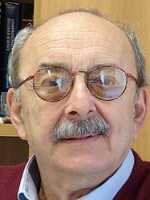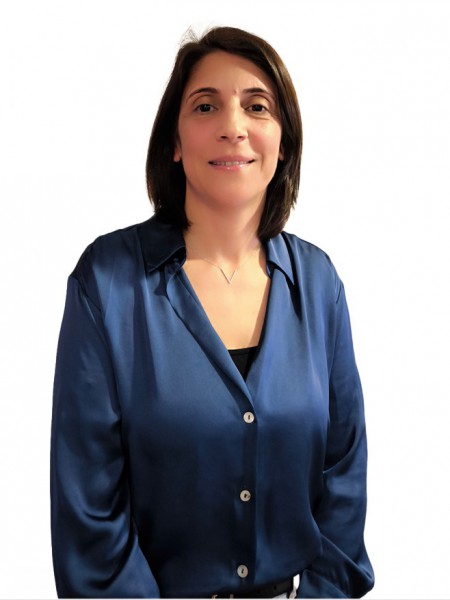abstract
This paper reports the preparation and characterization of nanocomposite films based on different chitosan matrices and nanofibrillated cellulose (NFC) for the purpose of improving strength properties. The nanocomposite films were prepared by a simple procedure of casting a water-based suspension of chitosan and NFC, and were characterized by several techniques: namely SEM, X-ray diffraction, visible spectrophotometry, TGA, tensile and dynamic-mechanical analysis. The films obtained were shown to be highly transparent (transmittance varying between 90 and 20% depending on the type of chitosan and NFC content), flexible, displayed better mechanical properties, with a maximum increment on the Young's modulus of 78% and 150% for high molecular weight (HCH) and water-soluble high molecular weight (WSHCH) filled chitosans, respectively; and of 200% and 320% for low molecular weight (LCH) and water-soluble filled (WSLCH) chitosans, respectively. The filled films also showed increased thermal stability, with, for example, an increase in the initial degradation temperature (Td(i)) from 227 degrees C in the unfilled LCH film up to 271 degrees C in filled LCHNFC50% nanocomposite films, and a maximum degradation temperature (Tdi) raising from 304 degrees C to 313 degrees C for the same materials. (C) 2010 Elsevier Ltd. All rights reserved.
keywords
WEB-LIKE NETWORK; MICROFIBRILLATED CELLULOSE; FIBRILLATED CELLULOSE; STRENGTH; COMPOSITES; NANOCOMPOSITES; MEMBRANE; ACID
subject category
Chemistry; Polymer Science
authors
Fernandes, SCM; Freire, CSR; Silvestre, AJD; Neto, CP; Gandini, A; Berglund, LA; Salmen, L
our authors
acknowledgements
The authors thank Norwegian Chitosan AS. (Norway) for their generous gift of chitosan (LCH). Anne-Mari Olsson at lnnventia AB and Sandra Magina at CICECO-University of Aveiro are gratefully acknowledged for help with the DMA measurements, moisture scan equipment and temperature scan equipment, respectively. Susana Fernandes thank the Fundacao para a Ciencia e a Tecnologia (FCT) for her Scientific Research grant (SFRH/BD/41388/2007) and the Peter Wallenberg's Foundation for support her stay in Stockholm. Lennart Salmen thanks the Biomime Center for its financial support. The authors also thank FCT for the funding within the scope of the





